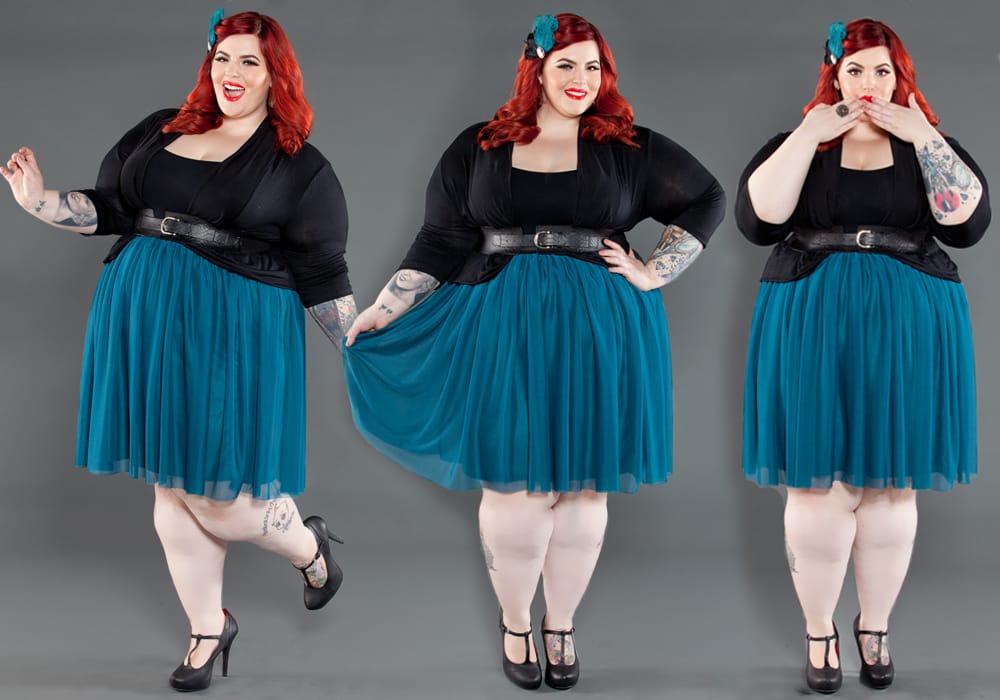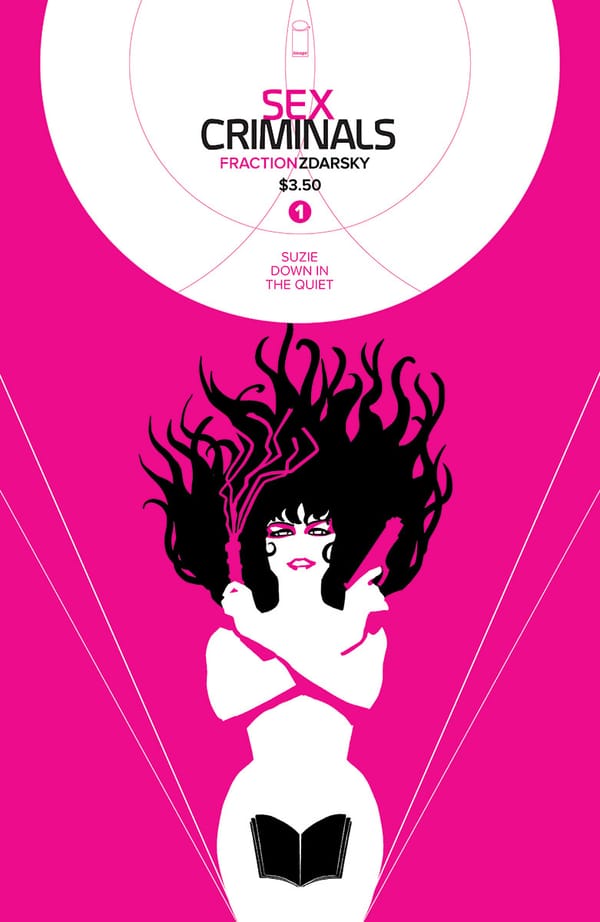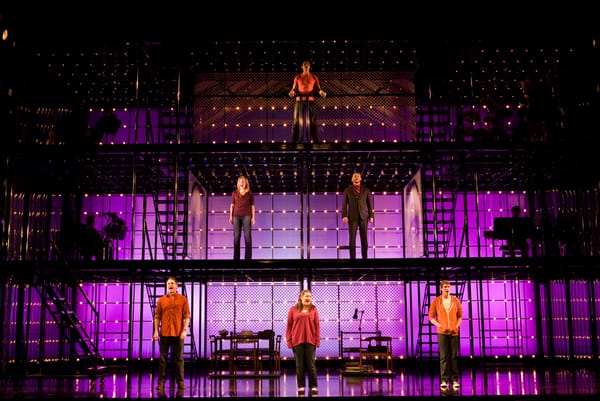Plus-size fashion need not be boring and unadventurous
Tessa Davey explores the beauty in fashion for the plus-size woman, and the politics behind it

It’s safe to say that the world of plus-size fashion is rapidly accelerating at an unprecedented rate. It’s not difficult to see why. Over the last few decades the average size of women (and men) has increased, and regardless of the reasons why they’re getting larger, people still need clothes.
So why is the fashion industry playing catch-up now, after years of swelling waistlines?
Historically, it has always been very difficult to find fashionable clothes in sizes above a UK 16. Most high street stores didn’t stock larger sizes, and those that did only sold very plain, basic items like dark stretchy t-shirts, as though there was no market for exciting clothes for fat girls. Any plus-size girl can list the set of rules that are ingrained in us by fashion magazines and clothing stores: “Nothing tight or body-hugging. No crop tops. No loud colors. No patterns. No horizontal stripes.”
This doesn’t leave much room for imagination and experimentation, leaving plus-size women no option but to cover up, and hide their bodies under swathes of dark fabric. Why have larger women traditionally been denied the opportunity to express themselves in this way?
Inspired by plus-size fashion bloggers, many women have started having the courage and confidence to embrace fashion, and dress more boldly. There is a huge body positivity movement, helping larger women who have always been ashamed of their bodies to accept themselves, and acknowledge that they are worthy of nice clothes. There is also opposition; many people consider this acceptance to be a promotion of obesity, or are even simply offended by seeing people proudly baring their rolls of fat and cellulite. Somehow, the world has been so conditioned to see thin as attractive that it is actively repulsed by anything different. With movements to stop discrimination of race, gender and disability, why is it still seen as okay to look down on the overweight? Why is the general attitude of the fashion industry – and the general public – that if you are not thin, you don’t deserve to have glamorous clothing; you don’t deserve to stand out? Luckily, these body positivity movements have had an overwhelming response, and millions of women all over the world are starting to embrace their bodies and show them off, instead of hiding them away.
Over the last few years, the high street has started to catch on to the vast demand for more interesting items, and many brands such as Asos, New Look, and Forever 21 have launched ranges that allow women to find the pieces that they want to wear, and let them have the freedom of choice of what to put on their body. While the choice doesn’t come close to that of “straight fashion” (regular sizes), it’s getting better every day, and there is much less shame associated with buying clothes in larger sizes.
Many members of the public are even offended simply by seeing people proudly baring their rolls of fat and cellulite
But the world of high-end fashion is lagging behind. There is still discrimination among high-end designers and retailers, and while some are starting to welcome plus-size women as customers and models, the world of high-end fashion largely remains an unfriendly and inaccessible place for a larger woman. Plus-size women can enjoy fashion, but in the knowledge that these clothes are specifically “not for them”.
But although it’s still rare, plus-size women are beginning to be featured in magazines such as Vogue, and plus-size fashion weeks are springing up all over the world.
It’s a case of changing attitudes towards fat women, and people in general. When everyone, be they plus-size, disabled, transgender, or anything that they identify as, is seen to be as worthy of nice clothes as the waifs that traditionally grace runways, then the world of fashion will be truly inclusive and representative, as it ought to be.









